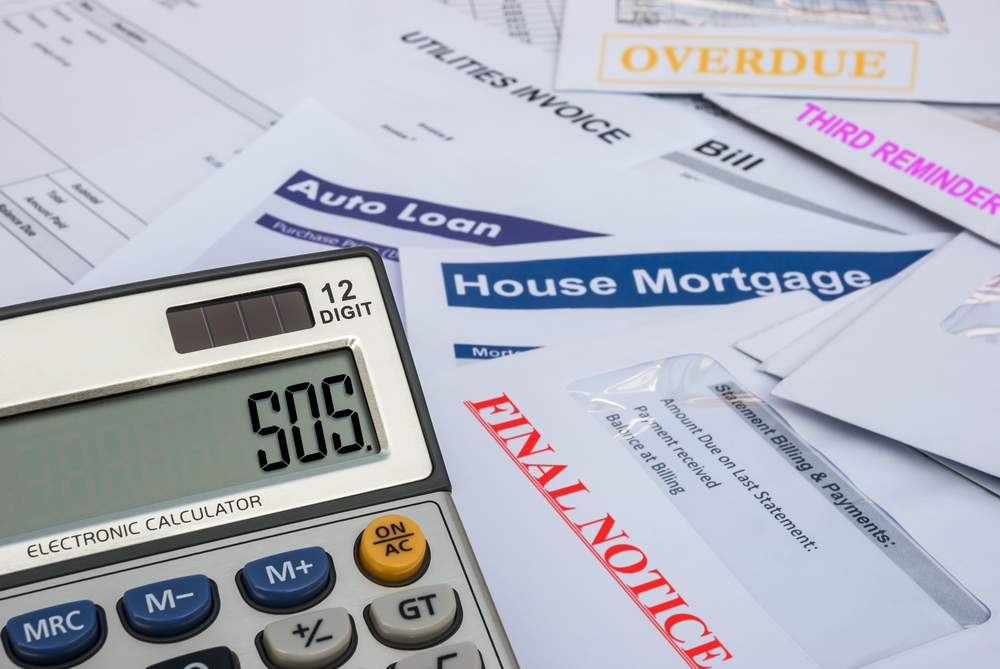Delinquencies in closed-end loans, such as auto loans, rose in the fourth quarter of 2016 while delinquencies in open-end loans, such as credit cards, fell, according to the latest American Bankers Association’s Consumer Credit Delinquency Bulletin.

Among the 11 individual loan categories, delinquencies rose in all eight closed-end categories. Home equity loan delinquencies rose from 2.59 percent to 2.61 percent, direct auto loan delinquencies rose from 0.87 percent to 0.94 percent, indirect auto loan delinquencies rose from 1.62 percent to 1.75 percent, marine loan delinquencies rose from 0.97 percent to 0.99 percent, mobile home delinquencies rose from 3.11 percent to 4.07 percent, personal loan delinquencies rose from 1.46 to 1.56 percent, property improvement loan delinquencies rose from 0.94 percent to 0.98 percent, and RV loan delinquencies rose from 0.96 percent to 1.03 percent.
The composite ratio of all closed-end categories rose from 1.41 percent to 1.51 percent in fourth quarter. This remains below the 15-year average of 2.19 percent.
“We’ve seen a slow rise in closed-end delinquencies over the last two quarters driven by small increases in auto delinquencies,” James Chessen, ABA’s chief economist, said. “Even with recent increases, auto delinquencies have remained remarkably low for the last five years amid booming car sales,” Chessen said. “When that new car smell disappears, there is still a monthly payment that needs to be made. Thoughtful and realistic budgeting over the life of the loan is the best protection against becoming overextended.”
Delinquencies fell in all three open-end categories compared to the previous quarter. Home equity lines of credit delinquencies fell from 1.16 percent to 1.06 percent, bank card delinquencies fell from 2.74 percent to 2.69 percent, and non-card revolving loan delinquencies fell from 1.61 percent to 1.57 percent.
“Consumers’ disciplined use of credit cards continued, which kept debt levels manageable and delinquencies near historical lows,” Chessen said.
He said the decline in home equity lines of credit delinquencies is likely the result of an improving housing market.
“With home prices on the rise and borrowers better positioned to honor their debts, we expect that home-related delinquencies will continue their gradual downward trajectory,” Chessen added.
Chessen is optimistic that the improving economy will keep delinquency levels stable for the foreseeable future.
“Job growth across a wide swath of industries – from services to manufacturing to high tech – is the key to maintaining low and stable delinquency rates,” Chessen said. “Lower taxes and infrastructure spending would add fuel to the economic expansion, pushing wages higher and helping to ease consumers’ financial worries.”
A delinquency is defined as a payment that is 30 days or more overdue.